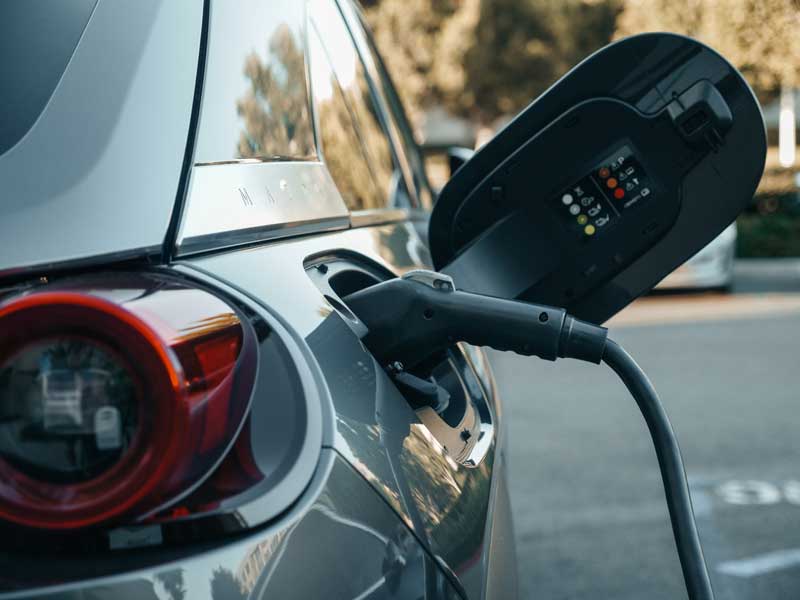Space-based solar not science fiction
But for the scientists and engineers attending the International Symposium on Solar Energy from Space, a three-day conference in Toronto, there's nothing fictional about it. In their view, building massive space-based solar power systems represents, over the long term, one of the most effective ways of tackling the double menace of global warming and peak oil.
"Space-based solar power is a tremendously exciting prospect," said Liberal MP Marc Garneau, the first Canadian in space, speaking at the Ontario Science Centre about the potential for Canadian involvement in the project. "This country has all the fundamentals to play a leading role."
The Japanese are already leading the charge. Earlier this month, it was reported that Japan's government, working with a consortium of 16 companies, had committed to a $24 billion project to have a 1,000-megawatt solar station in space within three decades. This would generate enough electricity to power 300,000 homes, though getting the equipment into space would likely require more than 1,000 rocket launches.
Eco website TreeHugger called it Japan's "moon shot." The power station would consist of four square kilometres of solar photovoltaic arrays fixed in orbit about 36,000 kilometres above the planet's surface. Energy collected by the panels would be beamed by microwave to a receiving station back on Earth and converted into electricity before connecting to the land-based power grid.
Scientists say the advantage of putting a solar station in space is that it would face the sun 24 hours a day and would not be limited by cloud cover or air pollution. That would allow it to continuously generate power in the same manner as nuclear and fossil-fuel plants, but without the associated waste and greenhouse-gas emissions.
The idea has been around for 40 years, attracting serious attention from NASA and the U.S. Department of Defense during the 1970s, but funding eventually dried up. It wasn't until the late 1990s that interest in the concept resurfaced, partly as a result of concerns related to global warming and energy security.
Two years ago, the Pentagon's National Security Space Office issued a report that concluded solar-based power "is more technically executable than ever before."
The solar panels are more efficient and less costly to manufacture, technology exists to have robots assemble the station in space, and our understanding of wireless power transmission has improved dramatically.
Former NASA executive John Mankins, now president of the Space Power Association, said he believes space-based solar power could be economically competitive with other options.
Mankins added that he believes a small 10-megawatt demonstration plan could be in orbit within the next 10 years. "It's a reasonable time frame," he said.
At the conference, Nobuyuki Kaya, vice-dean of graduate engineering at Kobe University in Japan, demonstrated how the power could be transmitted wirelessly. Assisted by a team of students, he was able to light up a cluster of red LED lights and power a simple robot by beaming energy about 10 metres across a room.
Kieran Carroll, chief technology officer for Space Canada, which is hosting the conference, said such a system could be safely designed to accept and convert large amounts of energy from space. The trick is to transmit at low intensity by sending it down on a wide beam, about 10 kilometres across.
There would have to be no-fly zones around the area, but it wouldn't fry anyone walking through it.
"The power flux density in the middle of the (receiving) field would be perfectly safe for any life," said Carroll.
"In Canada, on a winter's day, one of the big problems would be that birds would probably hover over the field to get warm."
A reality check, however, came from power developer Wael Almazeedi, who warned of the legal, financial and regulatory challenges the plan would face, as well as the difficulty of "promoting a concept based on science fiction."
Related News

Miami Valley Expands EV Infrastructure with 24 New Chargers
MIAMI - The Miami Valley region in Ohio is accelerating its transition to electric vehicles (EVs) with the installation of 24 new Level 2 EV chargers, funded through a $1.1 million project supported by the Ohio Environmental Protection Agency (EPA). This initiative aims to enhance EV accessibility and alleviate "range anxiety" among drivers.
Strategic Locations Across the Region
The newly installed chargers are strategically located in high-traffic areas to maximize their utility. Notable sites include Austin Landing, the Dayton Art Institute, the Oregon District, Caesar Creek State Park, and the Rose Music Center. These locations were selected to ensure that…




